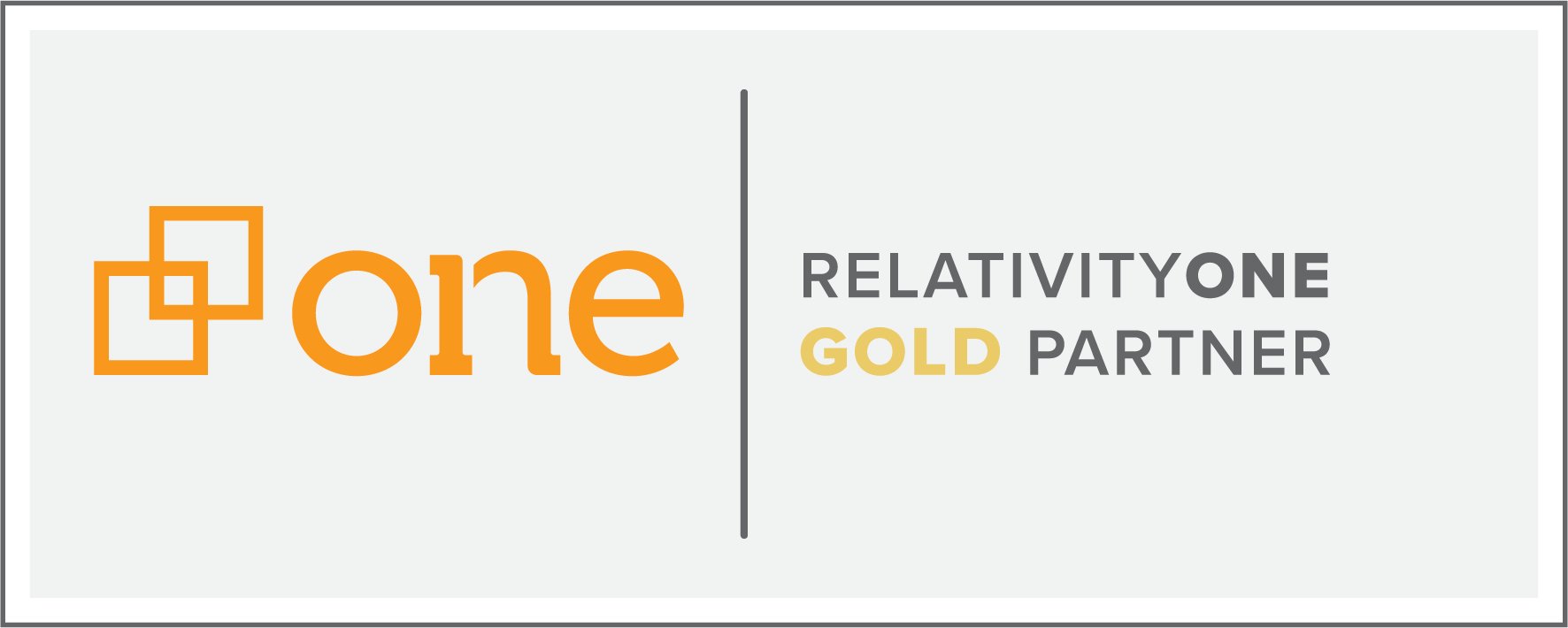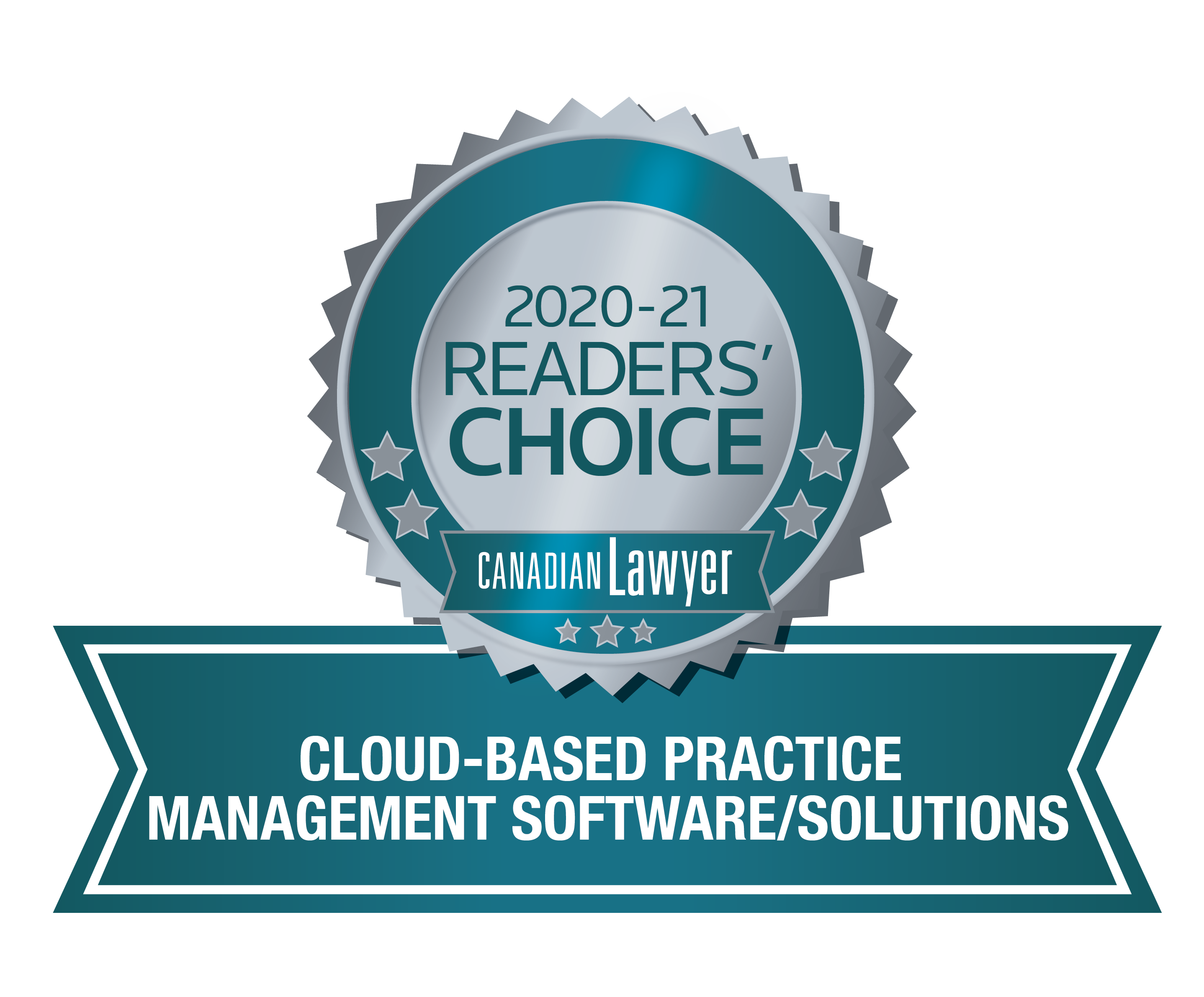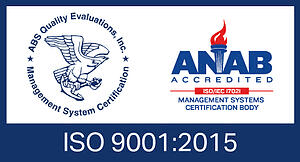
Whether you know it as a production protocol, discovery plan or exchange guideline, establishing a formal method of exchanging documents is essential when it comes to a seamless case production. For the sake of continuity, we’ll refer to them as “production protocols” in this blog.
These protocols can vary from case to case depending on the individuals involved and the requirements of the case. Some firms keep a standard that is very broad, only specifying which format should be used for load files. Others can be so detailed that they regulate which specific process program should be used and in which time zone. Years ago — when there was limited technology for producing — things were much simpler. With limited technology came limited options for formatting. Now, the sky’s the limit when it comes to production protocols. In today’s blog, we’ll be sharing the basics that you need to know about production protocols.
Who uses a production protocol?
Those who work with the preparation of your documents should be familiar with your organization’s production protocol. This can includes the lawyers and clerks within your firm. Externally, your litigation support team, project managers and technical support team should be well-versed in your specific protocol for processing. This way, you can ensure all the technical aspects of the productions run seamlessly both inside and outside of your organization. When establishing your production protocol, it’s a good idea to have all participants apart of the conversation to ensure the system works from all sides of the team. It’s faster and easier to agree on the formats before productions are being received.
What should be included in your production protocol?
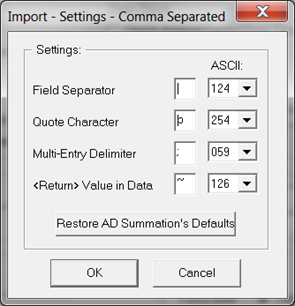 Will your production include electronic records and/or paper documents? This question is a good one to ask before getting started. If the production protocol includes a requirement for objective coding of all records, this could mean manual coding which requires more time and money. If you’re working solely with electronic records that haven’t been altered, you may only need to worry about extracting the metadata.
Will your production include electronic records and/or paper documents? This question is a good one to ask before getting started. If the production protocol includes a requirement for objective coding of all records, this could mean manual coding which requires more time and money. If you’re working solely with electronic records that haven’t been altered, you may only need to worry about extracting the metadata.
As I mentioned above, the more detailed a production protocol is, the more parameters you need to set from the beginning. Consider which time zone the processing should be run under, how you will be de-duplicating, how you will be collecting documents and what format you need to receive documents in to allow a seamless integration for your review platform. If the processing time zone is not established from the beginning, the production’s Optical Character Recognition (OCR) will need to be entirely recreated and its metadata updated, costing time and the ability to update/overlay the completed documents. Plus, you could be at risk of having to redo all the redactions.
Some firms will create one standard production protocol that works for them, making it easier to know the specific format to request for all productions. This doesn’t mean it’s the only format they can work with, but it makes things consistent and much easier to navigate with every file.
Now, this isn’t to say that this set formula will work every time. If the standard format cannot be agreed upon with the all parties involved, your organization will have to regroup and determine the best way to go forward.
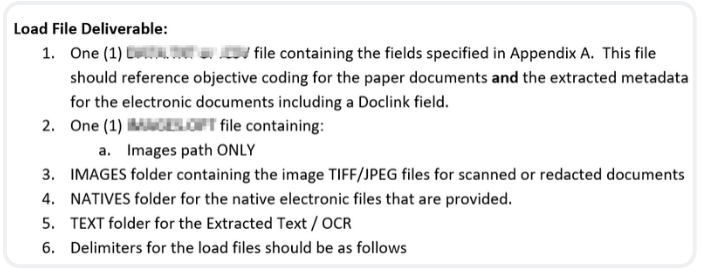
Why should every firm establish a production protocol?
When done correctly, creating a production formula can save time, money and headaches during the production phase of a discovery for all parties involved. You don’t need to know all of the format options, or even how they work. Involve the individuals who will be handling the production in your review platform. This discussion will determine a format that works for everyone, even if that means producing files in one format and receiving the findings in another.
Have questions? Let us know. Our team is glad to walk you through the process of creating a production protocol that works best for your team.





